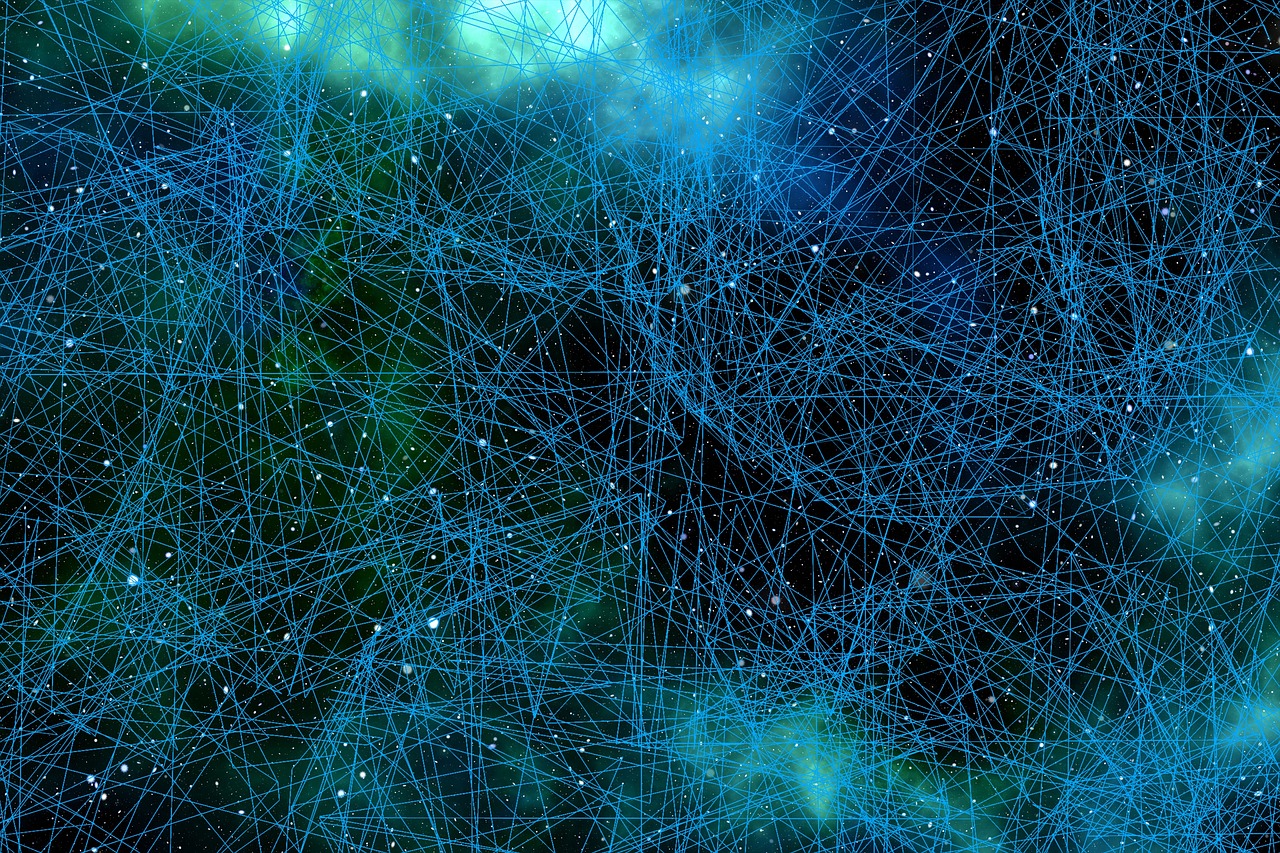The Brain in Action: Uncovering the Mechanisms of Film Vision
Watching a movie is a complex activity that involves a wide range of cognitive processes. A recent study published in the journal Neuron revealed that watching a movie activates as many as 24 distinct brain circuits. These circuits are responsible for processing elements such as faces, objects and dialogue, but also for managing more intricate sequences that require greater cognitive effort.
MIT Research: An In-Depth Analysis
Conducted by the Massachusetts Institute of Technology (MIT), the study analyzed brain scans of 176 volunteers as they watched short clips from popular movies, including Inception, The Social Network and Home Alone.
The researchers, led by Reza Rajimehr, used Artificial Intelligence algorithms to map the brain networks activated during vision. This innovative approach allowed them to identify the specific functions associated with each circuit.
The results showed that the brain activates differently depending on the complexity of the scenes. In particular, during more challenging sequences, the areas responsible for executive control take over. These areas are crucial for planning actions and solving problems, allowing viewers to deal with ambiguous or difficult content.
Implications for Cognitive Understanding
The data obtained from the analysis also highlights an interesting aspect: when the content becomes more difficult to follow, the brain mobilizes greater resources to process the information. Rajimehr points out that “the executive control areas are activated in complex tasks,” suggesting an intrinsic connection between the difficulty of the visual material and the cognitive load necessary to understand it.
This research not only deepens our understanding of the brain processes involved in film viewing, but also offers significant insights into how we engage with complex narratives in everyday life.
A Look to the Future
Mapping brain circuits during movie-going could open new horizons in cognitive psychology and neuroscience. Understanding how the brain reacts to complex visual stimuli could have significant applications in education and the treatment of cognitive disorders. With further research, we may discover innovative ways to improve our ability to learn and interact with audiovisual content.


